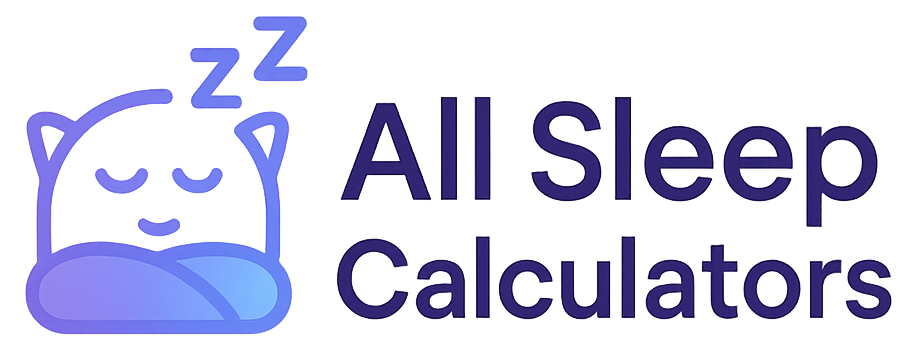What Is Polyphasic Sleep?
Polyphasic sleep refers to sleeping in multiple sessions throughout a 24-hour period, rather than in a single block at night (monophasic sleep) or in two sessions (biphasic sleep). These patterns break total sleep time into shorter segments distributed across the day and night.
Did you know? Many animals naturally follow polyphasic sleep patterns. While humans evolved to primarily sleep at night, some researchers believe that napping may have been more common in pre-industrial societies.
Common Polyphasic Sleep Schedules
There are several recognized polyphasic sleep patterns:
- Biphasic: One longer sleep period at night (5-6 hours) plus one 30-90 minute nap during the day. This is the most common alternative to monophasic sleep and is practiced in many cultures that have a siesta tradition.
- Everyman: A core sleep period of 3-4 hours at night, supplemented by 2-3 short naps (20-30 minutes each) during the day.
- Uberman: Six equally spaced naps of 20-30 minutes each throughout the day, for a total of 2-3 hours of sleep per day. This is one of the most extreme patterns.
- Dymaxion: Four 30-minute naps spread throughout the day, totaling just 2 hours of sleep. This was developed by Buckminster Fuller and is considered very difficult to maintain.
Potential Benefits
Proponents of polyphasic sleep claim several potential benefits:
- Increased time awake: Reducing total sleep time may provide more waking hours
- Improved productivity: Some suggest that breaking sleep into multiple episodes can make each minute of sleep more efficient
- Enhanced dream recall: Entering REM sleep more quickly during naps may increase dream activity and recall
- Flexibility: Having multiple sleep periods can provide more flexibility in scheduling
Potential Risks and Concerns
Despite enthusiasm from some practitioners, medical professionals and sleep researchers generally caution against extreme polyphasic patterns for several reasons:
- Sleep deprivation: Most extreme patterns provide less total sleep than recommended, potentially leading to sleep debt
- Disrupted circadian rhythms: Working against your body's natural sleep-wake cycle can cause hormonal imbalances
- Reduced deep sleep: Fragmented sleep may reduce the amount of restorative slow-wave sleep
- Social isolation: Extreme schedules can make it difficult to maintain normal social interactions
- Health risks: Chronic sleep restriction has been linked to cardiovascular problems, metabolic issues, cognitive impairment, and weakened immunity
Scientific Perspective
The scientific consensus on polyphasic sleep includes:
- Mild biphasic patterns (nighttime sleep plus one daytime nap) appear compatible with good health for many people
- More extreme patterns that severely restrict total sleep time likely lead to chronic sleep deprivation
- The body needs adequate amounts of all sleep stages, which may not be achieved with highly fragmented sleep
- Individual sleep needs vary, and what works for one person may not work for another
Is Polyphasic Sleep Right for You?
If you're considering a polyphasic sleep schedule:
- Start with a mild biphasic pattern rather than jumping into extreme schedules
- Listen to your body and watch for signs of sleep deprivation
- Consider your lifestyle, work requirements, and social obligations
- Consult with a healthcare provider or sleep specialist before making significant changes to your sleep pattern
- Use our sleep calculators to help optimize your core sleep periods
Want to experiment with optimized sleep schedules?
Our calculators can help you plan effective sleep periods, even for non-traditional patterns:
Explore More Sleep Topics
Microsleep
Learn about brief episodes of sleep that can occur when you are overtired.
Blue Light
Discover how blue light from screens affects your sleep and what to do about it.
Power Naps
Understand the science behind short naps and how to use them effectively.
Sleep Stages
Explore the different stages of sleep from light to deep and REM sleep.
